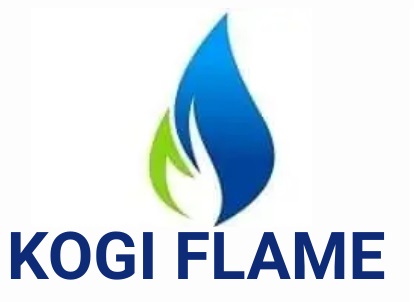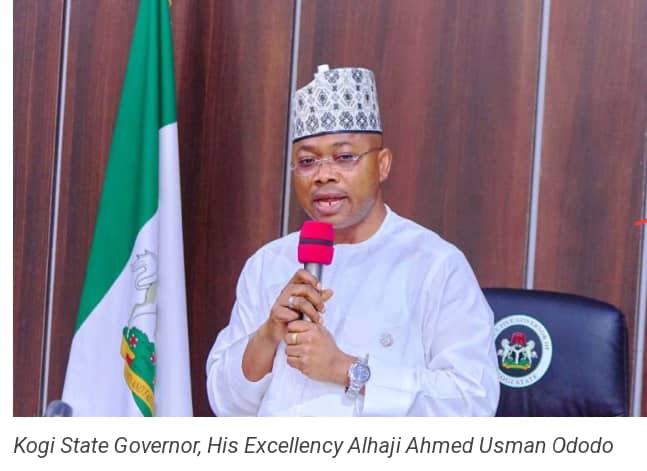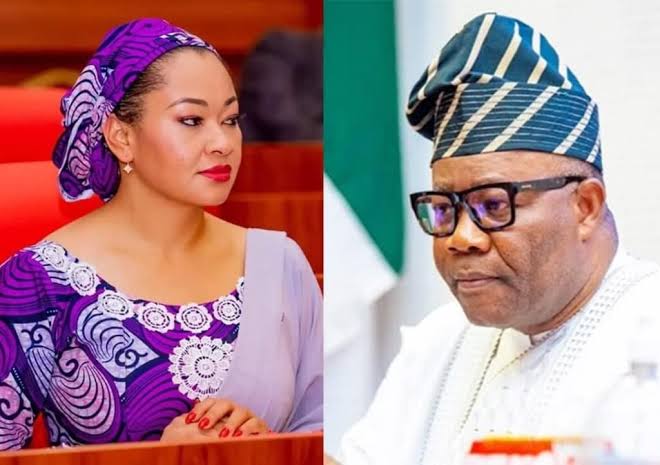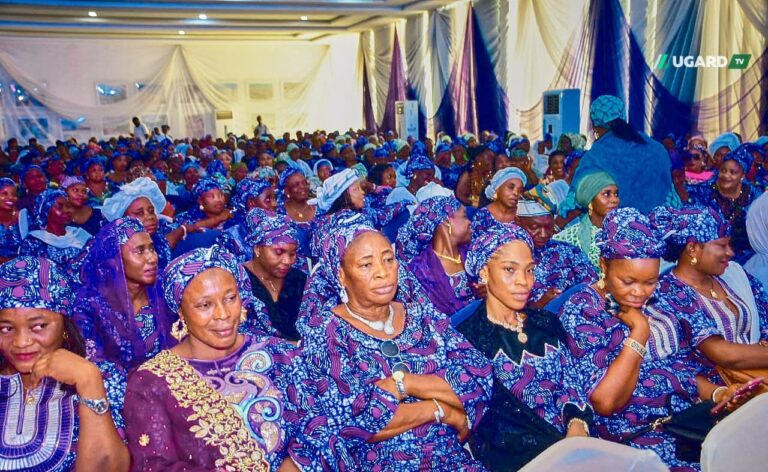Warning: Attempt to read property "post_excerpt" on null in /home/kogiflam/public_html/wp-content/themes/morenews/single.php on line 55

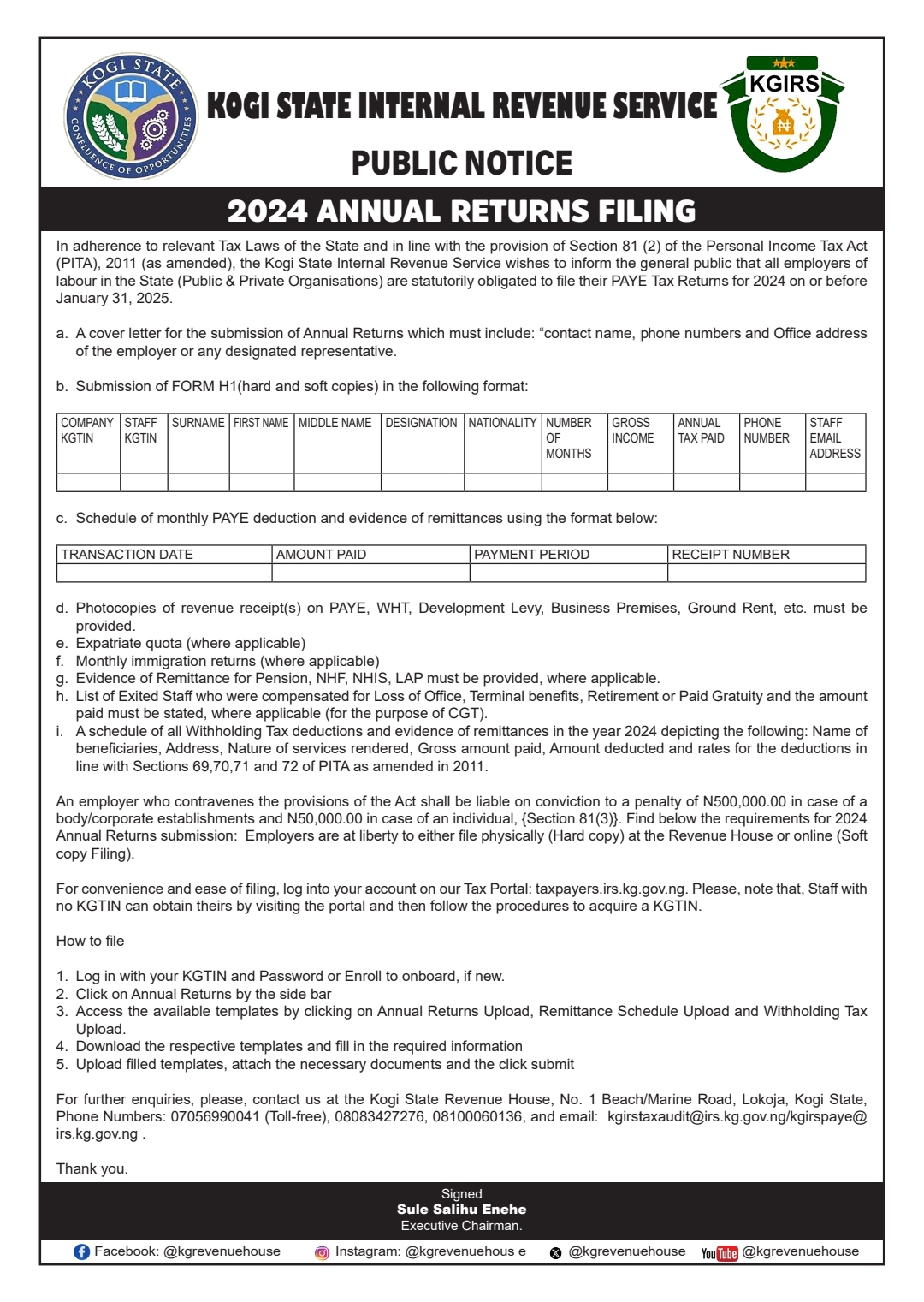
Over the years, it has been observed that many States are not enhancing their capacities to collect or expand their tax bases.
Every year, the same figures are projected as total internally generated revenue in their budgets while corresponding personnel costs increases.
Be that as it may, Tom Ohikere yet seeks to appraise the efforts of the Kogi State Government in reviving the Internally Generated Revenue of the State.
The quality of our public health and safety, infrastructures, researches and services, transportation, security, safe drinking water, education etc. are a function of the Taxpayers’ compliance.
Hence, the need to widen and deepen the revenue collections becomes imperative, and the unhindered collaboration of the Revenue Generation Service with the several Ministries, Departments and Agencies in the State to penetrate the untapped revenue bases and to activate dormant revenue lines whilst effecting full automation of tax services in the State to transform the State into an economically independent community.
Taxation is the most important source of revenue in nearly all countries. According to the most recent estimates from the International Centre for Tax and Development, total tax revenues account for more than 80% of total government revenue in about half of the countries in the world – and more than 50% in almost every country.
Most countries have a tax system in place to pay for public, common or agreed national needs and government functions. Some levy a flat percentage rate of taxation on personal annual income, but most scale taxes based on annual income amounts. Most countries charge a tax on an individual’s income as well as on corporate income.
Internally Generated Revenues are those revenues that are derived within the State from various sources such as Personal Income Taxes (Pay As You Earn, Direct Assessment, Capital Gain Taxes, etc.), and motor vehicle license, among others.
The State, as the second tier of Government in Nigeria, derives its revenue from various sources which are by no means uniform among the States. Hence, States derive their revenues depending on the sources available to them.
Anyone conversant with internally generated revenue in Kogi State would agree that it is one of the lowest in the country. Sometimes one wonders if the State generates anything on its own despite the enormous revenue potential that the State holds.
The implication of the above is that the State had always depended on fiscal receipts from the federation account to survive. “Cut off the financial aids from the Federal Government and Kogi State will slip into an irreversible coma with no delay. Sad and ridiculous as this may sound, it is a reality that is staring every Kogite in the face.
In other words, without the remittance from the federal purse which comes every month, the State’s finances would be precariously poised because its IGR is so infinitesimal that it can barely offset 15 percent of the workforce monthly wage bill of the State”.
Evidently then, the State, like most states of the federation, is being spoon-fed by the Federal Government. But for how long will that have to be? History has it in the days of the late Prince Audu Abubakar and former Governor Ibrahim Idris which made little or no effort to expand the IGR of the State during their individual tenures.
It was also in the same scenario that the immediate past Governor of the State, Captain Idris Wada, reigned. Perhaps, the former Governors wanted to raise the bar of the IGR, but there was no tangible record anywhere to demonstrate their willingness to do so.
All of these are set to change though, as Governor Yahaya Bello engineers ways of repositioning the IGR mechanism of the State such that the State, for the first time in its chequered history, hits N1billion IGR in 2018.
At the moment, it is already hovering around N1.3billion monthly as against a paltry ₦300 to ₦350 Million that it was in 2016 when the current administration came into existence.
Needful to emphasise is that Kogi State has many opportunities through which it can generate substantial IGR every month. The State Government only has to demonstrate the needed capacity and readiness to do so without any detriment to the people and businesses in the State alongside other vexed issues of double taxation.
This is exactly what the Government of Governor Bello, an accountant and shrewd businessman, is poised to do. But how exactly is the digital Governor doing this? To start with, knowing the criticality of having a functional and conducive work environment as a major factor that drives the productivity of workers, Governor Bello passed into law the bill which gave birth to Kogi State Internal Revenue Service (KGIRS) with requisite administrative and financial autonomy, constructed a beautiful edifice, equipped with state-of-the-art facilities for the Service.
Under the new management team, it has been an entirely different ball game at KGIRS, and this has led to a sustained increase in the monthly IGR of the State.
In no distant time, the entire revenue generation and collection architecture of the agency is expected to be fully automated via best in class information and communication technology (ICT) such that Taxpayers won’t have to physically interface with tax collectors.
The essence of this is to block loopholes and financial leakages which encouraged corruption in the past. It is also meant to fast-track revenue processes and collections for upward remittance to the State’s coffers.
So far, the strategic thrust of the Service is anchored on four major planks of deepening and widening existing collectibles from tax and non-tax revenues, activating dormant revenues lines by operationalising those already backed by law, passing relevant bills to drive other opportunity areas, and to engender collaborative synergy with Ministries, Departments and Agencies for effective and efficient revenue drive.
In the past, previous administrations had also entered into unwarranted, unmerited and spurious tax concessions with some companies operating in the State who were not paying their due tax ab initio. KGIRS is currently auditing their tax profiles with a view to collecting what is due for the State without holding back anything.
Tax education was also never a thing in the past. It was minimal and far-reaching. Thanks to the communication strategy of the current Executive Chairman of the Service, the case is different now.
There exists an aggressive tax education of the citizenry through a relationship management approach in the three major languages spoken in the State; Ebira, Igala and Yoruba plus, of course, English Language.
The essence of this is to educate the taxable people in the State on the need to pay their taxes and what the revenue derived from such will be used for by the government. This is also to bridge the trust – deficit between the Taxpayers and the Service.
It can only be expected that if this aggressive approach to the IGR by the current administration is sustained in the next three to four years, Kogi State’s IGRs can augment the current revenue streams. Also, the proposed “Lokoja River Port” presents an economic viable strategy to transform Kogi into a hub for the distribution of cement, agriculture and agro-allied goods, as the State shares its borders with almost a dozen other States.
Tax revenue in the state will experience exponential growth if this vigour is sustained and development financing will be more inclusive, fair and sustainable in the short and long-term. This will invariably transcend to the improvement in the State’s economy, boost employment opportunities for its teeming youths and improve the living standard of the citizenry in the State.
